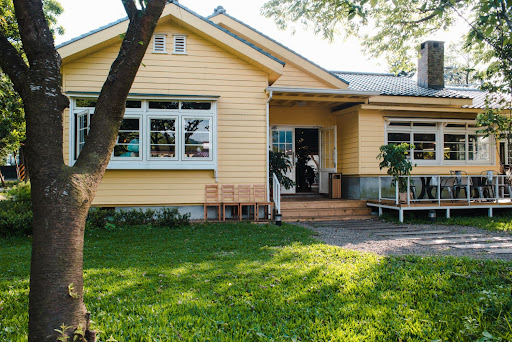Do you dream of an attractive patio or a useful walkway? Hardscaping projects can significantly enhance your outdoor living space, adding beauty, functionality, and value to your property. However, careful planning and budgeting are important for a successful hardscape project that aligns with your vision and financial comfort.
Here are the essential steps and considerations for transforming your hardscape vision into reality.
Define Your Objectives and Vision
The first step in any hardscape project is defining your objectives and visualizing the final result. Understanding the project’s objective can help you make intelligent decisions during planning and budgeting. Explore hardscape design inspirations that align with your style preferences.
To help consolidate your concepts, create a vision board or a scrapbook of ideas. This step fuels your creativity and can be a valuable reference when consulting with contractors and suppliers.
Assess Your Space
Before drafting any plans for outdoor spaces, conduct a thorough site analysis to understand the topography, soil conditions, drainage patterns, and existing vegetation. Identify vital focal points and potential obstacles that may impact the placement of hardscape elements. If your property has slopes or uneven terrain, retaining walls may be necessary. Understanding how water flows through your space is important for preventing future drainage issues.
Set a Realistic Budget
Establishing the budget is one of the most critical aspects of any hardscape project. A well-defined budget prevents overspending and allows for better decision-making throughout the project. Begin by researching the average cost of the hardscape elements you wish to include. Material quality, labor costs, and project complexity can significantly impact your budget.
Unexpected challenges, like hidden utility lines or soil problems, can sometimes occur during construction. Allocating extra money can help you tackle these hurdles without causing significant setbacks to your project.
Seek Professional Guidance
Skilled contractors can give you valuable tips, suggest designs, and ensure your project meets all the local rules and codes. Getting quotes from a few licensed, insured contractors with a good history of doing quality hardscape work can help you choose the most suitable one. Having a good relationship with your contractor is essential for a successful project. When you meet with them, talk about what you want, your budget, and any worries you might have.
Create a Timeline and Project Schedule
Efficient project management is vital to the success of your hardscape project. Work with your contractor to create a realistic timeline and project schedule that outlines each construction phase. Factor in potential weather-related delays and ensure the project aligns with your desired completion date.
A well-defined timeline allows better coordination among the construction team, suppliers, and other stakeholders. Regular communication with your contractor ensures that the project stays on track and that any unforeseen challenges can be addressed promptly.
Finalize the Design and Approvals
After choosing a reliable contractor for the project, finalize the design with them. Review the layout, materials, and additional features to ensure they align with your vision. Obtain any necessary permits and approvals from local authorities, as hardscape projects may be subject to zoning regulations and building codes. Acquiring the required permits may take some time, so factor this into your project timeline.
Prioritize Hardscape Elements
Once you have a clear vision, design, and a realistic budget, choose the hardscape elements based on your preferences and the overall functionality of your outdoor space. Consider the long-term maintenance requirements and durability of each hardscape element. Investing in durable materials may require a significant upfront cost, but it can save you money in the long run by reducing the need for frequent repairs or replacements.
Incorporate Green Elements
While hardscape components form the foundation of your outdoor design, integrating green elements enhances the overall appeal and ecological balance. These elements can soften the hardscape, promote biodiversity, attract beneficial wildlife, and contribute to a healthier outdoor environment. Strategically place planters, incorporate greenery along walkways, or design pockets for garden beds within your hardscape. Native plants are often a sustainable and low-maintenance choice, adapting well to the local climate and requiring less water and care.
Implement Sustainable Practices
As sustainability becomes increasingly important, incorporating eco-friendly practices into your hardscape project is a responsible choice. Explore permeable paving options that allow water to penetrate the surface, reducing runoff and supporting groundwater recharge. Additionally, consider using recycled or locally sourced materials to minimize environmental impact.
Sustainable landscaping practices, such as xeriscaping (low-water landscaping) and efficient irrigation systems, can further enhance the eco-friendliness of your outdoor space. These practices benefit the environment and often result in long-term cost savings on water bills and maintenance.
Monitor the Construction Process
Once construction begins, stay actively involved by communicating with your contractor. Address any concerns promptly and visit the site to ensure the work progresses according to the established timeline and quality standards.
By following these steps, your hardscape project will come to fruition smoothly, creating an outdoor space you’ll enjoy for years. At Sarasota Landscaping Inc., our skilled hardscape designers are ready to evaluate your needs and craft a personalized outdoor space that suits both your budget and style. Reach out to us today!

